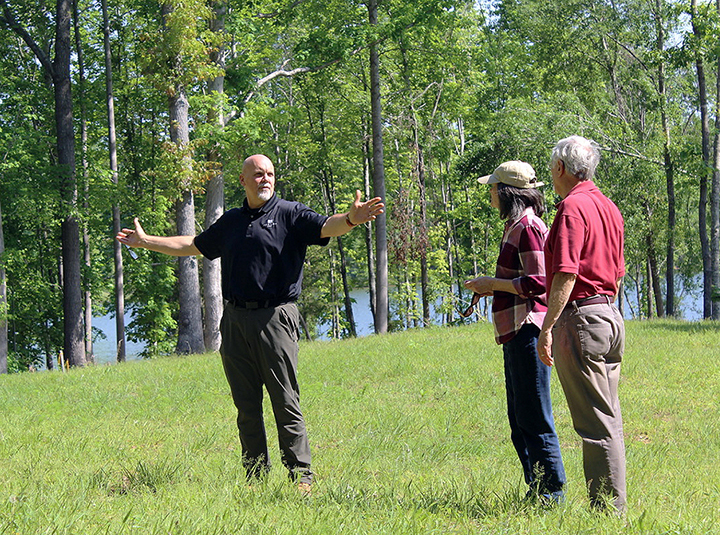We haven’t broken ground yet, but we’re getting close.
Really close.
This project—the Attainable Zero home for the Abel family—has been a long time in the making, and while we’d hoped to be further along by now, we’ve come to realize that building a sustainable, high-performance home in today’s financial landscape takes more patience, planning, and flexibility than ever before. That’s not a complaint—it’s a reality of building in an era of economic uncertainty and fluctuating tariffs.
Current Reality
Working with the Abels again is a privilege. We built their last home four years ago, a two-story over a basement, and this time, we’re designing a smaller home on a structural slab that better fits their goals today. They’re enthusiastic, committed, and ready to move. The house is small, efficient, and will be perfect for their son when complete. However, aligning our sustainable ambitions with the new financial landscape hasn’t been easy.
In This Series:
Attainable Zero: A JLC Case-Study Home
Attainable Zero: Building to ZERH Standards
Attainable Zero: Preconstruction Begins
Building in the Unknown: Pushing Forward with Attainable Zero
The biggest challenge so far has been uncertainty around cost—especially in light of the ongoing tariff drama. When tariffs were first announced, our suppliers went silent, then started sending us warnings that 20% or even 50% increases may be coming soon. But no one could tell us when. Then the policy shifted again, and pricing updates stalled. For a while, we couldn’t get a solid number on anything. Our plumbing rep, for example, said their company had postponed publishing a new price book—possibly for the rest of the year. In many cases, suppliers just added line-item surcharges labeled ‘tariff adder’ which may or may not stick. It’s been, frankly, a mess. And not just for us, everyone we talk to on both sides of the cash register has been unhappy with the uncertainty.
As any small builder knows, cost volatility makes it nearly impossible to deliver guaranteed pricing to clients. We’ve always operated as a fixed-price builder with allowances, but we can’t offer a guaranteed maximum price—not in this environment. And that uncertainty puts homeowners in a tough spot. We’ve seen allowance variances as high as 50%, specifically with lighting fixtures from China being a prime example. That’s not a minor fluctuation; that’s a budget-breaking wildcard.
All this complexity forces difficult choices. Sustainable products can carry a slightly higher upfront cost, and when budgets are strained, clients may opt for less sustainable alternatives simply to stay within their financial limits. We at Addison Homes are still committed to pushing sustainable design, but there’s no denying that cost pressures force compromises. The 1% to 2% premium we often quote for sustainable upgrades might now be the tipping point for a family already stretching their budget.
Not All Bad News
But it’s not all bad news at the Attainable Zero home. We’re still on track to deliver a high-performance home that will be DOE Zero Energy Ready (ZERH) Certified. We’ve got our windows and doors selected. Insulation and foundation systems are in good shape. DuPont recently came on board as a sponsor, and I’ve been working with their technical team to evaluate our options for exterior insulation and an insulated roof deck. If necessary, we’ll pivot to spray foam—but we’re aiming for high performance throughout. The permitting process has gone smoothly, and the labor market, at least in our region, has been stable.
As the market finds its footing, I believe we’ll see demand for efficient, comfortable homes continue to grow.
We’re now seeing momentum again. The Abels are ready to go, and we’re working toward closing in the house by October or November. Because it’s a smaller home, once we break ground, we can move fast. And for us, building small is a big part of building sustainably.
Transparency, Collaboration and Building Performance
Despite the head winds, I remain optimistic. Addison Homes built our company on transparency, collaboration, and high performance, and we’re bringing that same commitment to the Abel family’s new home. As the market finds its footing, I believe we’ll see demand for efficient, comfortable homes continue to grow.
Being a builder committed to sustainable, high-performance homes comes with its ups and downs. We’ve weathered pandemics, market crashes, and shifting priorities in the market, but the long-term value of a durable and energy efficient home remains strong. So, while building sustainably in uncertain financial times isn’t easy, the value it brings to our clients is more important than ever.

